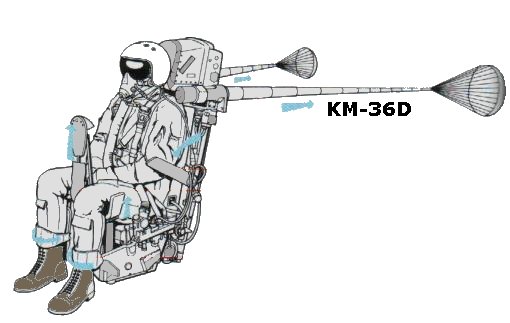Flight testing
 PAK FA “052”
PAK FA “052”
The T-50’s maiden flight was repeatedly postponed from early 2007 after encountering unspecified technical problems. In August 2009, Alexander Zelin acknowledged that problems with the engine and in technical research remained unsolved. On 28 February 2009, Mikhail Pogosyan announced that the airframe was almost finished and that the first prototype should be ready by August 2009.
Sukhoi’s new aircraft project code name is Τ-50, while according to the Russian Air Force, the aircraft will be called Ι-21 and the construction code will be Izdelie 701. @redstar.gr
@redstar.gr
@redstar.gr
The first taxi test was successfully completed on 24 December 2009. Flight testing of the T-50 began with T-50-1, the first prototype aircraft, on 29 January 2010.Piloted by Hero of the Russian Federation Sergey Bogdan, the aircraft’s 47-minute maiden flight took place at KnAAPO’s Dzemgi Airport in the Russian Far East.
On 3 March 2011, the second T-50 completed a 44-minute test flight. The first two prototypes lacked radar and weapon control systems; the third and fourth aircraft, first flown in 2011 and 2012, are fully functional test aircraft. On 14 March 2011, the T-50 achieved supersonic flight at a test range near Komsomolsk-on-Amur.
PAK FA “052”@idrw.org
The T-50 was displayed publicly for the first time at the 2011 MAKS Airshow, Russian Prime Minister Vladimir Putin was in attendance. On 3 November 2011, the T-50 reportedly performed its 100th flight. More than 20 test flights were made in the next nine months.
The third prototype, T-50-3, was the first prototype to fly with an AESA radar. Originally scheduled for the end of 2011, these flights occurred in August 2012, and showed performance comparable to existing radars. On 22 November 2011, T-50-3 took its first flight from KnAAPO’s airfield in Komsomolsk-on-Amur, piloted by Sergey Bogdan. The aircraft spent over an hour in the air, and was subjected to basic stability and powerplant checks. It differs from the other prototypes in the way it lacks a pitot tube. All 14 test aircraft are scheduled to fly by 2015.
PAK FA “054”
The fourth prototype had its first flight on 12 December 2012 and joined the other three aircraft in testing near Moscow a month later. By the end of 2013, five T-50 prototypes were flown, with the fifth prototype having its first flight on 27 October 2013; with this flight the program has amassed more than 450 flights. The first aircraft for State testing was delivered on 21 February 2014. However the VVS lacks facilities for testing some of the aircraft’s performance parameters.
PAK FA “055”
The fifth flying prototype T-50 ‘055’ was severely damaged by an engine fire after landing in June 2014. The aircraft was returned to flying condition after cannibalizing components from the unfinished sixth prototype.












































































